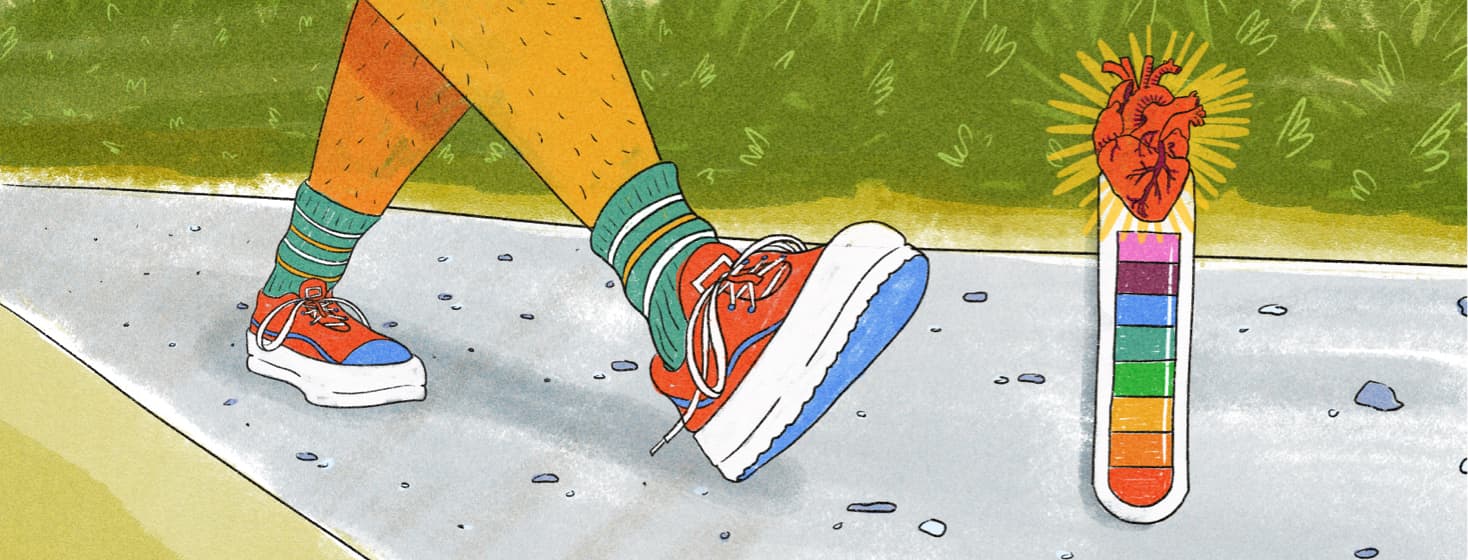Recovery After Pump Failure - A Very Special Anniversary
At the end of February 2021, I had the misfortune of experiencing pump failure. That’s right. My “lifesaving” heart pump, known as a left ventricular assistance device (LVAD), failed to restart. It turned out that the manufacturer, Medtronic, had a long-standing history of developing faulty products. In fact, my LVAD was recalled shortly thereafter. Thankfully, although we did not know it at the time, I was in recovery.
Great news, right?! Of course, it is. Unfortunately, the doctors and I found out the most unexpected way. So, no one really knew what my life after pump failure would look like. Now, we know. It's my anniversary - one year of recovery after pump failure, and life is good!
Recovery phase 1 after pump failure
When my pump stopped, my ejection fraction was 40%, but it dropped to 30%. But after the drop, it didn’t go down any further (Whew!). Additionally, I had two teams of doctors at the time. My primary team was my transplant team in another state. My secondary team consisted of my doctors who initially handled my LVAD surgery and heart failure back home. Since my recovery happened so unexpectedly, the initial course of care was tons of work in the hospital. Then follow-up care back home. Next, my visits changed from monthly trips to the transplant team to once every 3 months with the secondary team. Although I am no longer listed for a transplant, I still see my transplant team. Now, my doctor’s visits with both teams are only 2 times a year.
Recovery phase 2
The second phase of my recovery involved testing my physical limits. Before my pump stopped, I went through cardiac rehab for 12 weeks. My fluid levels were under control. I was able to do most daily activities without experiencing any shortness of breath. In general, I could walk a flight of steps and maybe walk half of a mile. After my pump stopped, I decided to work even harder towards recovery. I increased my exercises – although still low impact – to three times a week for 10 minutes a day. Additionally, I set a walking goal of one mile a day. Today, I’m able to walk 2 miles a day and still ride an exercise bike for an additional 15-20 min. How amazing is that?!
Recovery phase 3
An old familiar world also resurfaced after my pump failure. Free from my LVAD, I could try things I was told not to do with it – like swimming! So, I tried it. Although I was horrible at it, I was glad I did. I could use swimming to gauge my progress. When I first went swimming, it was strange. Just getting used to the idea of being in the water seemed awkward. However, I took it slow – just not slow enough. I tried swimming like I did BEFORE heart failure. Boy, oh boy! My body showed me differently quickly. I could barely take two full-body-length strokes. So, instead of trying to swim laps, I started off trying to walk laps and then run them. Now, one year after my recovery, I can swim a full lap (2 lengths of the pool).
A special anniversary indeed in my heart failure journey
Although I always believed in recovery, I never thought it would happen so fast. Granted, the way I found out was horrible and scary. Nevertheless, the LVAD did what it needed to do at the time. It gave my heart time to heal. Now, one year later, my heart is still going strong. It is almost time to get the official update with stress tests, echocardiograms, CT scans, etc. to see where I really am in the recovery process. But I am hopeful. As I said, I’ve seen the progress. So, even if the numbers don’t show improvement, my body is clearly writing its own story. And that’s the story that really matters.
Do you have a heart failure story? Click the button below to share with our community!

Join the conversation